
The SaaSy Guide to Cold Email
The SaaSy Guide to Cold Email
How to use cold email for rapid SaaS growth.
Introduction
Your next customer is one email away.
Social media marketing. Blogging. SEO. Digital ads.
These are the tactics you hear the most about when it comes to getting new customers for SaaS companies. But there's one tactic that often gets overlooked: cold email.
Whether you've tried sending cold emails in the past and didn't get the results you wanted, or have never given it a chance because you assumed it doesn't work, this guide will be a game-changer. Read on to learn how to take advantage of one of the most under-utilized SaaS growth techniques there is.
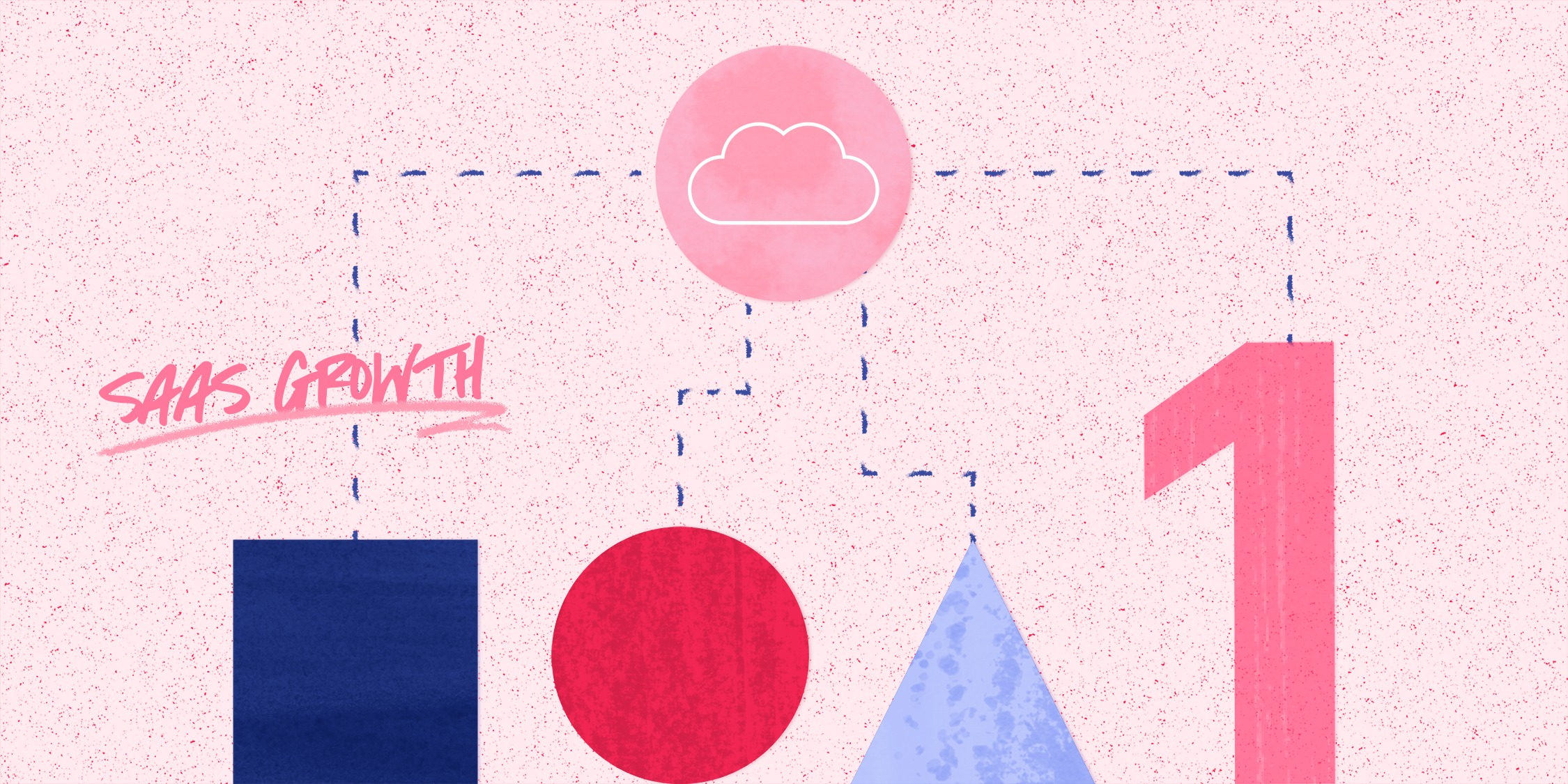
The State of SaaS
This is excellent news for SaaS businesses that are looking to expand, as the demand for their services is growing every year.
On the other hand, the competition is starting to get fierce. In fact, a SaaS startup with 20% annual growth still has a 92% chance of disappearing within a few years.
Keep reading to discover how the increasing demand for SaaS affects your business, as well as the secret weapon that will increase your chances of success.
Demand for SaaS is exploding.
It’s no secret that SaaS products bring hearty benefits to businesses in all sectors. They offer easy access to data in the cloud and mobile-optimized programs, enable collaboration, and help businesses cut costs.
Even better, the SaaS products of today offer simple integrations with other SaaS products being used by companies, which facilitates easy communication and data sharing, as well as more efficient workflows.
In light of these benefits,73% of businesses believe most (if not all) of their apps will be SaaS by 2020. That number is expected to jump to 86% by 2022.
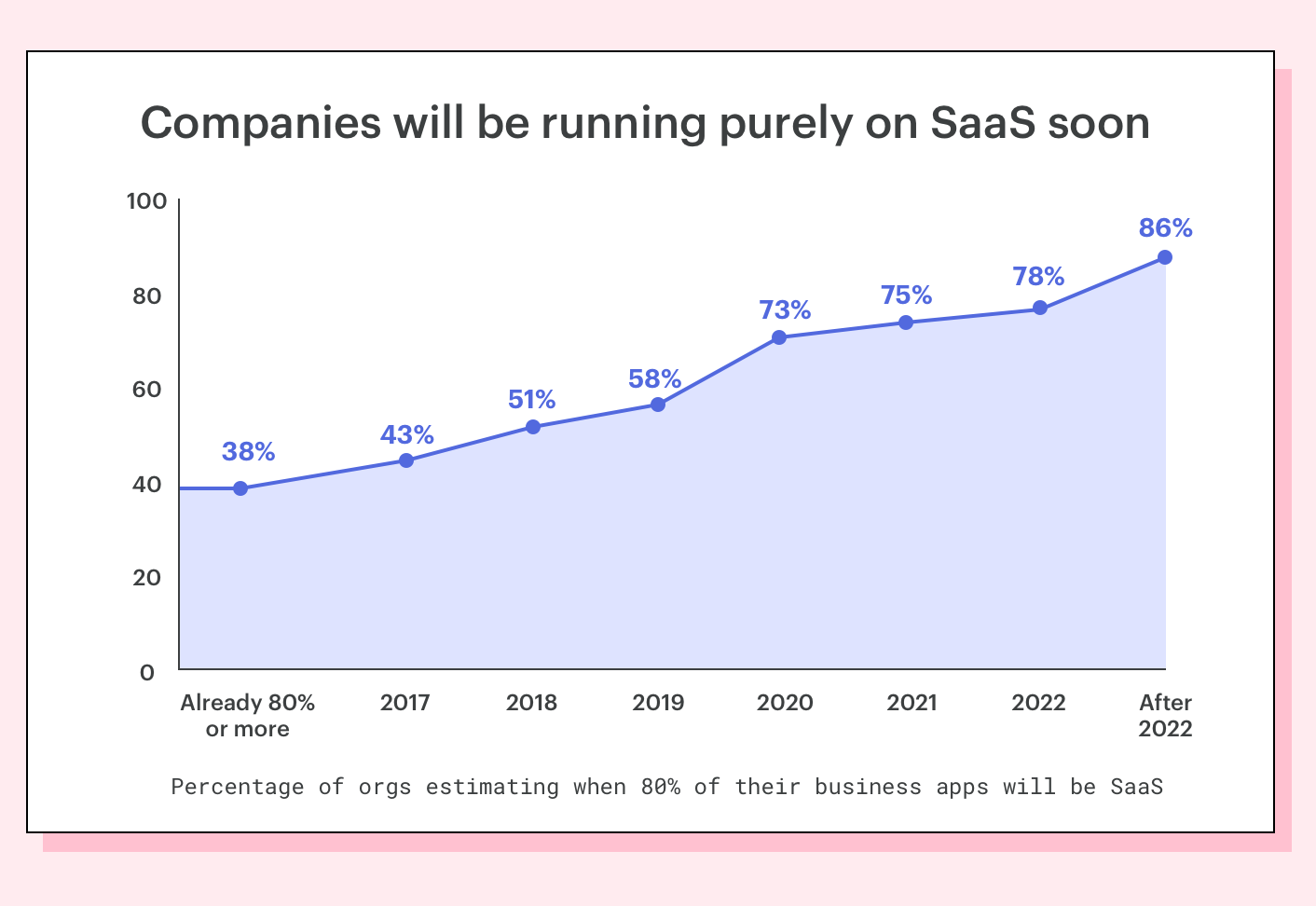
The SaaS market has already seen incredible growth in just the past few years. As seen in the graph above, today 51% of businesses are running almost completely on SaaS, with the average organization using 16 different SaaS apps.
One study from 2016 found that 51% of US end users prefer cloud-hosted and SaaS apps to communicate and organize. In 2018, just two years later, that number jumped to 80%.
How have SaaS companies responded?
Saas startups grow fast—or not at all.
This dizzying rise in demand for SaaS has produced incredible growth in the market. Research firm Gartner predicts that the SaaS market will grow to $75.7 billion by 2020, from just $38.5 billion in 2016.
However, this growth has also led to the discovery that SaaS can be a fickle field. Even if a SaaS startup is growing at 60% annually, it still only has a 50/50 chance of becoming a multi-billion dollar giant.
That means consistent and robust growth is absolutely essential if you want even a chance of success.
So, what can SaaS startups do to increase acquisition consistently?
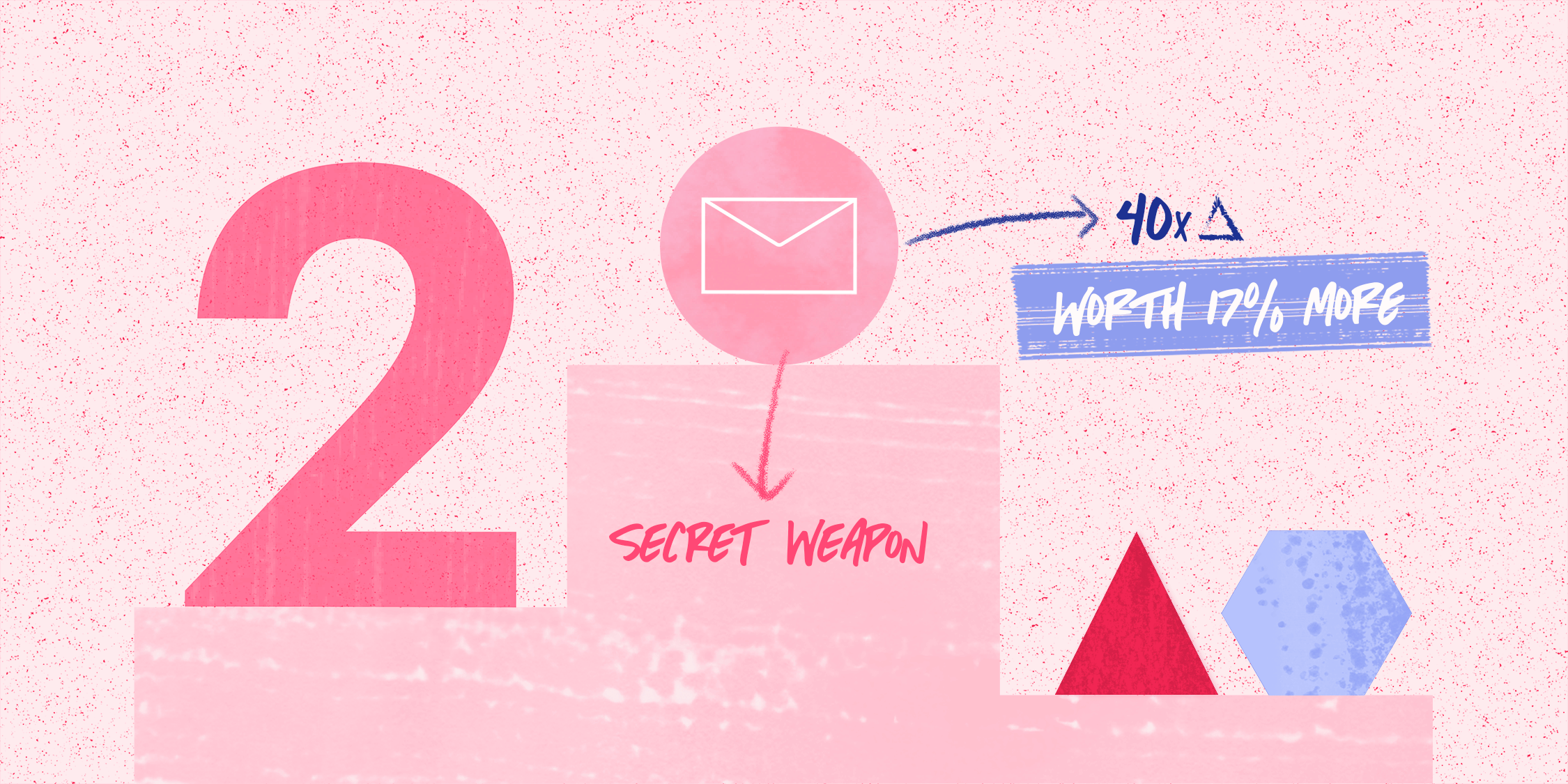
Cold Email: An Acquisition Machine
According to one survey, 81% of respondents tagged email marketing as one of the main tactics for acquisition. It ranked higher than organic and paid search, and even above social media.
Using email for acquisition works because it’s what prospects want. In fact, a study by the RAIN Group Center for Sales Research found that 80% of prospects prefer to communicate with reps by email.
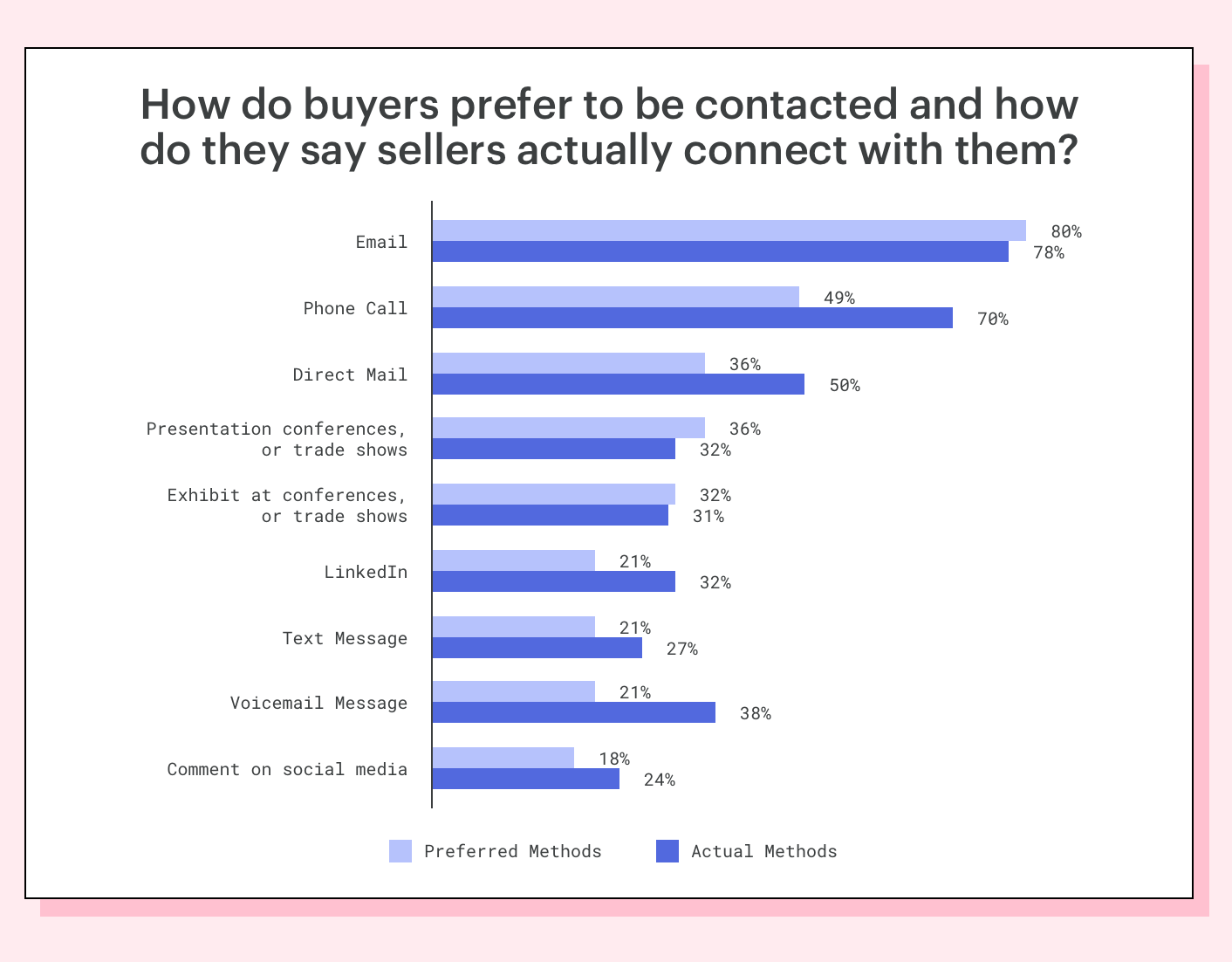
When it’s done right, email can be 40x more effective at customer acquisition than Facebook or Twitter marketing.
That’s right: email is still the king of acquisition.
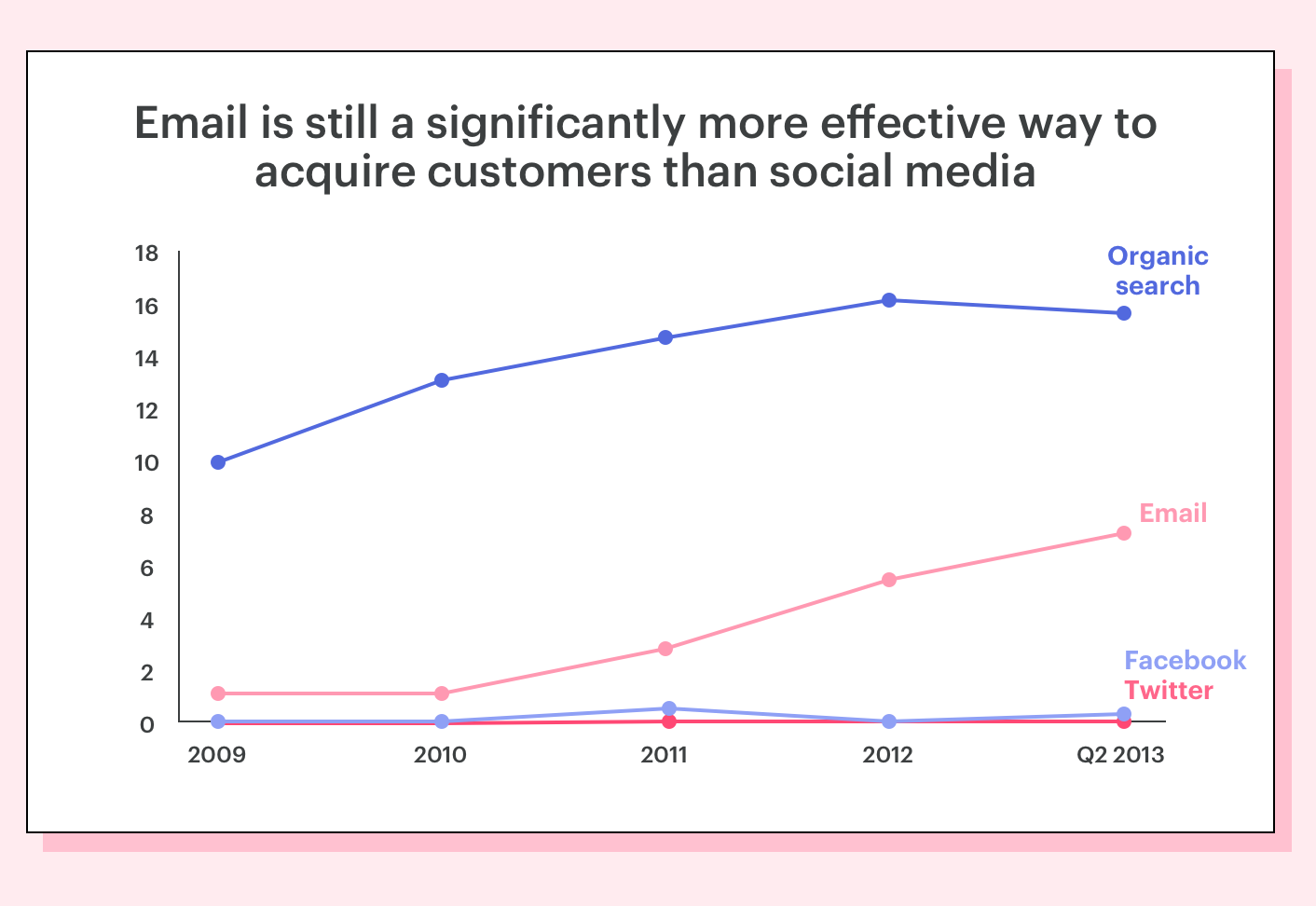
While most people may think of emailing as more of a B2C acquisition method, email is huge for B2B businesses. In fact, B2B emails boast a 47% higher click-through rate than B2C emails.
But SaaS companies need more than just click-throughs; they need purchases, and fast. Again, email fits this unique need: it’s been found that email prompts purchases “at a rate that is three times that of social media.”
Not only that, when using email over social as an acquisition strategy, orders are worth an average 17% more.
Cold emailing may seem challenging for those who haven’t tried it before. After all, not only do you need to craft emails that people will read and reply to, you’ll also need to find the right contacts, get their email addresses, and convince them to open your email with the right subject line.
If this seems overwhelming, just remember how much potential there is in cold email. There is an untapped market that’s just waiting to discover your product, and cold email is the best way to introduce yourself.
Businesses who are doing cold email the right way get open rates of up to 45%, and reply rates of up to 20%.
The SaaS market is a fast-paced race to the finish line, and those who aren’t moving forward are going to get left in the dust. With so much demand being generated every single year, the opportunity for success is only growing—and so is the opportunity for failure.
If you’re a SaaS company that wants to keep moving towards bigger wins, you need to get a head-start on your competitors and use the acquisition method that works best for fast growth.
The increasing demand for SaaS and the power of proper cold email is a marriage made in digital heaven.
Let’s look at how a cold email strategy can make you stand out from competitors and take your SaaS business to the top.
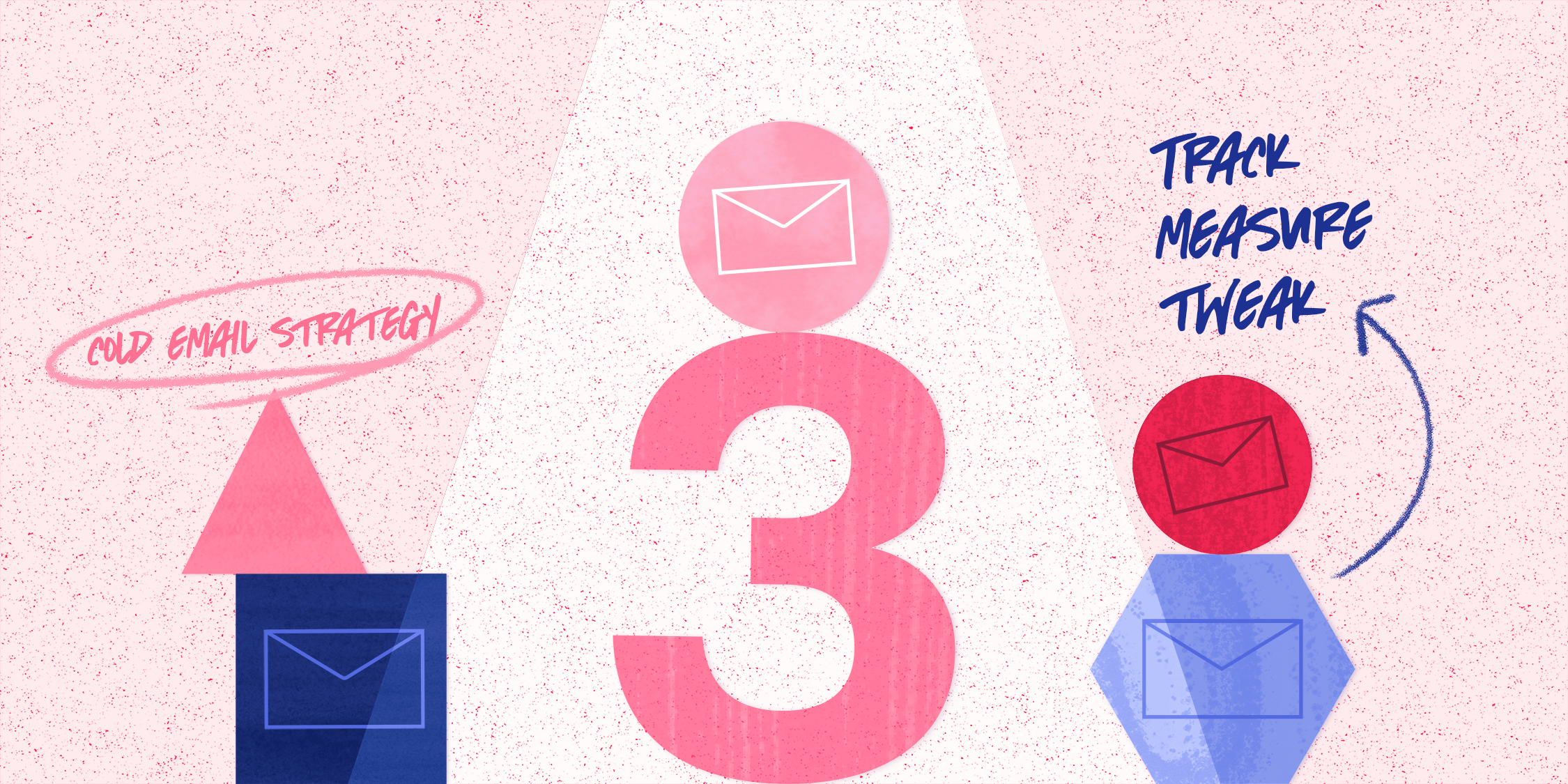
How to Build a Cold Email Strategy for SaaS Businesses
- Build and maintain your list.
- Craft a compelling message.
- Follow up.
- Track, measure, and tweak.
That’s it in a nutshell. But as the saying goes, the devil is in the details.
The average business email user receives over 120 emails per day. That means you need to stand out in their inbox among all the other emails vying for their attention.
Here’s how to do it.
1. Build and maintain your list.
Build.
Before you start cold emailing, you need to build a list of viable prospects to send emails to. Here’s how to start building your list:
Create buyer personas: A buyer persona is like a character that you create based on the common features of your ideal customers. First, take information such as marketing research and customer data. Then, convert that into a profile that includes demographics and personal information of the individuals you talk to. Include relevant information about their company such as size, common problems, and decision-makers.
Aligning your contact list to your pre-made buyer personas ensures that you’re contacting the right people. It will also give you a clear view of who you’re talking to when sending cold emails. That way, you can approach them in a way that’s more likely to win a sale.
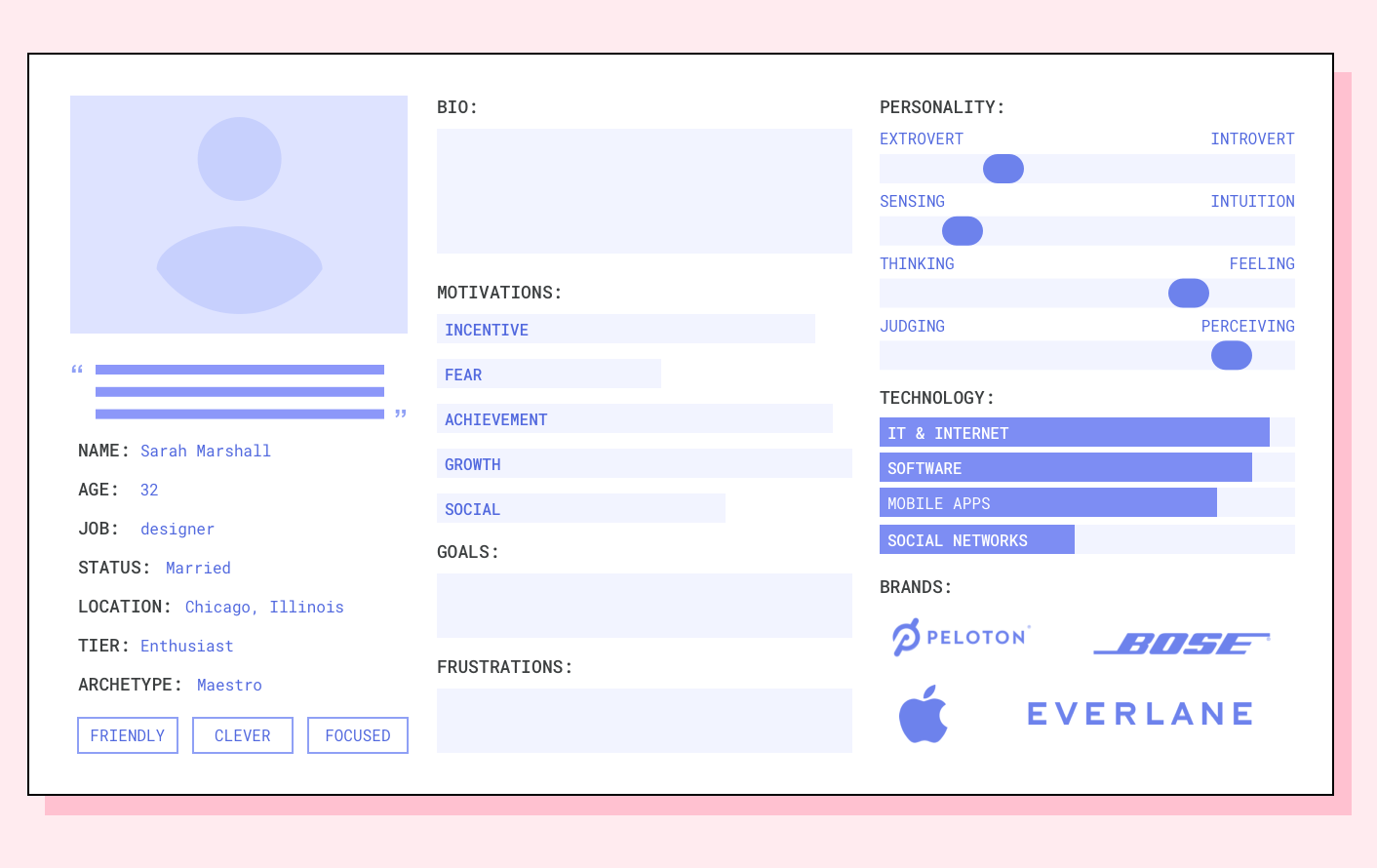
Generate leads through your website: This is one of the most common strategies to finding warm leads for cold emailing.
Your website is a valuable tool that you can use to draw in and capture leads that are interested in what you have to offer. Once you’ve developed targeted buyer personas, you can use that information to get into the mind of your audience and create valuable content and that appeals to them.
For example, you can promote a webinar or live chat session that deals with a common challenge for your target audience. Or, you can create an eBook that takes them through the steps of solving a problem or building their business.
When they sign up for your webinar or your download your eBook, make sure to get their email address. Then, while they’re digging into your valuable content, you’ll be ready to send them the perfect cold email.
Use the right tools to get names and emails: While website leads are important, don’t forget about the prospects who just haven’t found your website yet. There are several tools that you can use to discover new prospects who haven’t heard of you yet.
Dux-Soup is a great tool that turns your LinkedIn account into a smart lead generation and management system. It helps you find prospects based on various rules, downloads their full profile summary and details into your CRM for easy management, and even finds their email address for you.
Another tool for finding emails is VoilaNorbert. This fast-acting tool lets you search for a ton of emails at once. You can even download a Chrome extension that helps you find contact information while you prospect online.
Scrub and maintain.
Once you have a list, you need to make sure it’s squeaky clean at all times.
When your list isn’t well maintained, it can have a serious effect on whether or not your emails actually show up in people’s inboxes.
For example, some of the emails you’re sending to could be spam traps. These are emails that used to be legitimate, but are now abandoned. ISPs and blacklist operators use these spam traps to find senders who are spraying spam to thousands of email addresses. While the goal of these operators is to remove junk emails from our inboxes, legitimate emails sometimes fall into these spam traps.
If you’re accidentally sending emails to an address that is no longer in use, you could risk getting blacklisted at which point any emails you send from that domain will never be delivered.
To avoid getting put on a blacklist, follow these steps to scrub your list:
Send a new opt-in campaign: To reverse email list decay, give it new life with a re-opt-in campaign. This includes a CTA that gets people to opt-in again to your list, while making it clear that those who don’t opt-in will be removed. This narrows down your list to include just the subscribers who enjoy your content and are more likely to engage. Depending on how often you send emails to your list, a re-opt-in campaign should be sent out between every three months and every year.
Avoid spam words: Spam filters pick up on certain words, and may send you to the wrong inbox if you use them too much. For example, words like ‘100% free’, ‘lowest price’, and ‘last chance’ should be avoided. Also, avoid putting “Re:” or “Fw:” at the beginning of your subject line, as this is another dirty trick that can land you in the spam folder.
Lastly, be very careful with your custom form fields. Don’t make the same mistake that the UK Labour Party did:
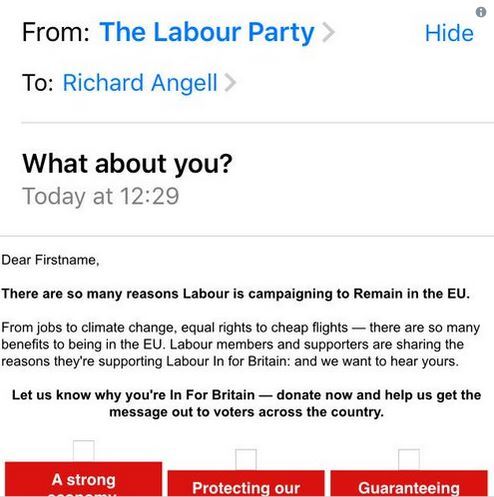
Know your sender score: Just like your credit score tells banks whether you’re trustworthy for a loan, your sender score is an accurate measurement of how much trust the internet has in your email program.
So, be aware. Use the Sender Score tool to find your score, and then take the necessary actions to improve it. If your sender score is greater than 80, you’re in the clear. However, if your sender score is less than 70, you should probably think of a few ways to improve it and increase your deliverability.
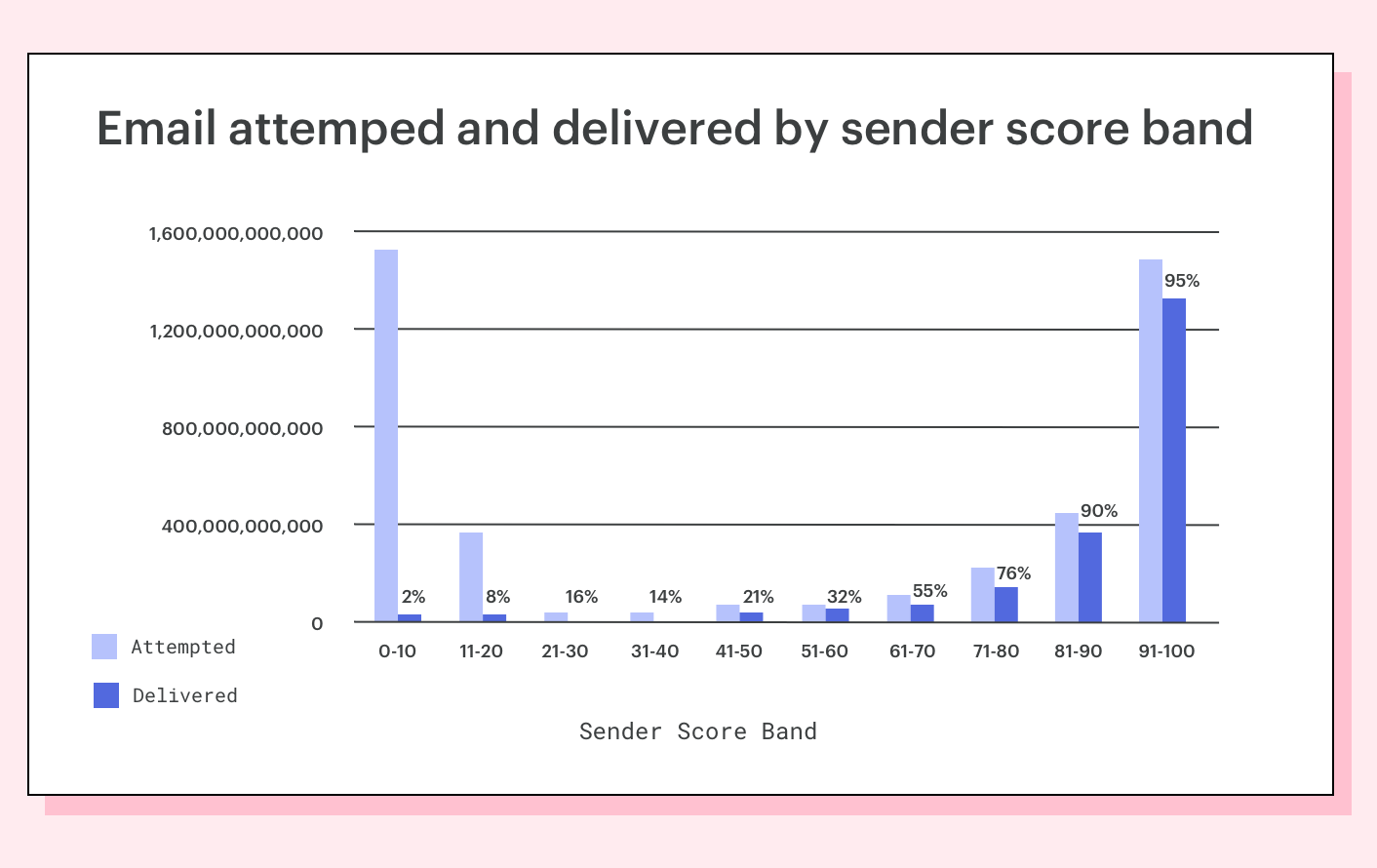
If your sender score is over 80, you’ll get at least a 90% delivery rate.
Verify your list accuracy: When you send emails to invalid addresses, they’ll get bounced. Each bounce costs you valuable points on your sender score, and could land you in hot water down the road.
That’s why it’s important to regularly check the accuracy of your list. Use VoilaNorbert’s verify feature to remove duplicated, invalid, or inactive email addresses. Or, check with your email service provider to see if they have a built-in list checker like Mailshake.
Segment.
To maintain a healthy email list, it’s important to segment. This means grouping together prospects who have the same interests, behaviors, or (especially in the case of SaaS) the same business aspects.
For example, let’s say you offer a LinkedIn marketing tool. You can segment your list into the different types of customers that use your tool, such as freelancers, agencies, local businesses, or other SaaS businesses.
Then, you can send targeted emails that are specific to the needs and interests of each group.
A great way to segment your email list is to link each group to a buyer persona. That way, prospects fall into the right categories, and your emails will be more relevant to them from the get-go.
The benefits of segmentation speak for themselves: it can increase your open rates by 39%, lower your unsubscribe rate by 28%, and even increase revenue by 24%!
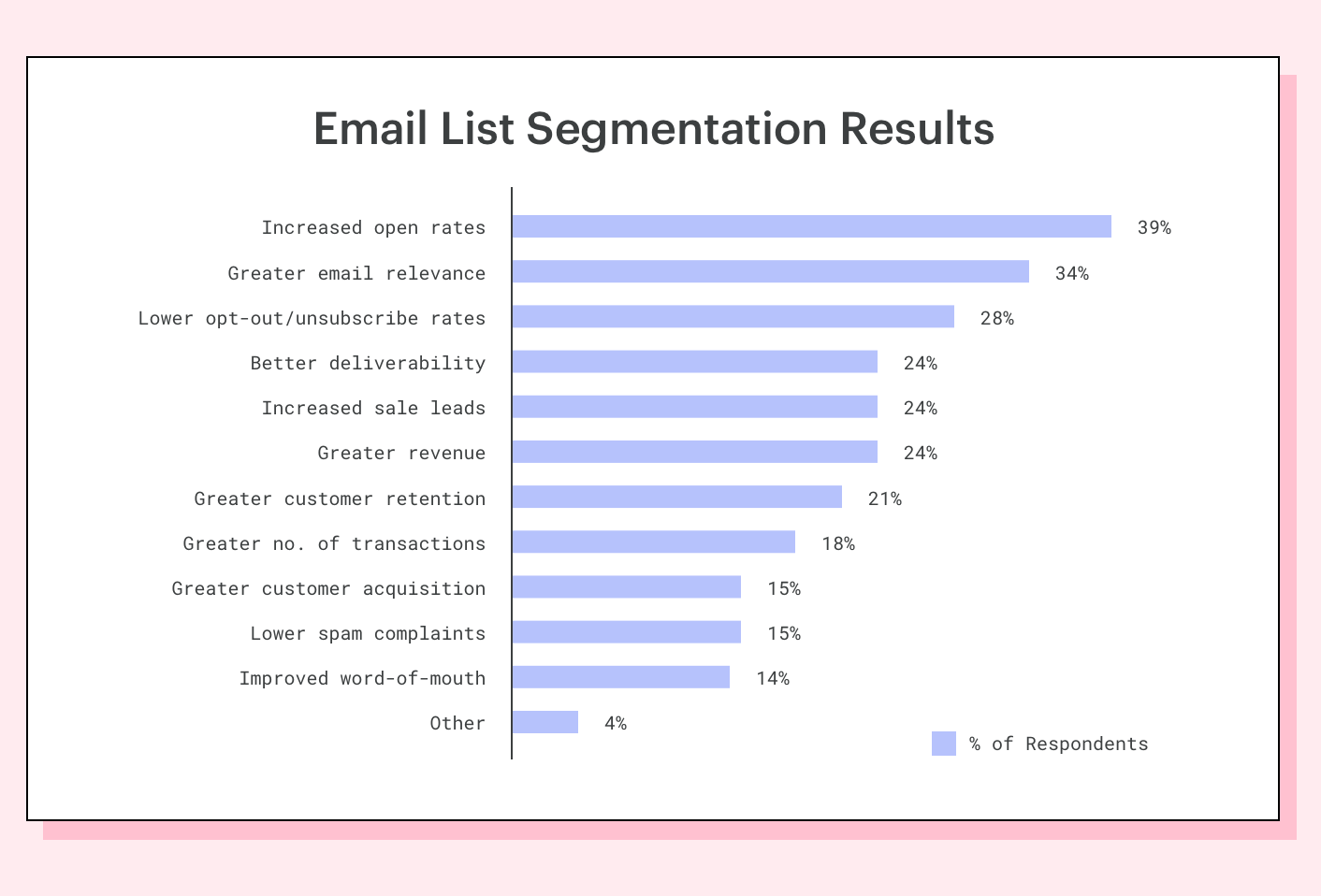
Here are three ways to segment your email list:
Find their preferences and interests: As a SaaS business, you have many different customers who are interested in your product. But you need to dig into the why. What makes your product work for this particular business? What problems are they hoping to solve? What challenges will they face?
Next, find out what their communication preferences are. For example, Bonobos allows subscribers to change the frequency with which they receive emails when someone clicks "unsubscribe". This helps them retain subscribers who might’ve just opted out.
Segment by size or market: For example, let’s say you’re a SaaS company in the fintech space, and you offer your product to both SMBs and enterprises. Obviously, the needs and interests of SMBs would vary greatly from that of enterprises. So, you can segment your emails and tailor their messaging for each part of your customer base.
Adjust according to their stage in the sales funnel: Using behavior information is a great way to segment your email messaging.
For example, if you’re cold emailing a lead you’ve connected with on LinkedIn, they’ll recognize your name but they probably don’t know much about what you’re selling. However, if you’re contacting a lead that has been browsing your website, you know they’re aware of your product and may even be interested in using it.
Now, it’s time to craft that perfect email.
2. Craft a compelling message.
The body of your email is extremely important as this contains all the key information you want to communicate. You’ll need to design and deliver with the right words and style in order to capture and keep your reader’s attention.
However, your email includes more than just the message itself. You also need to optimize the sender name, subject line, main body, and signature in order to create the perfect cold email.
As we discuss how to craft your message, keep in mind the golden rule of cold email: it’s about them, not you.
The subject line
Since 47% of people open an email based on the subject line alone, you know it’s got to be good.
This is especially true since according to Mailchimp’s benchmark report, the software industry’s open rates sit at 19.81%, which is lower than the general average of 20.81%. As SaaS companies with a wealth of data at our fingertips, we can do better.
Here are three ways to optimize your subject lines and get more opens:
Generate true urgency: Subject lines that create a sense of urgency or exclusivity can produce a 22% higher open rate. This is a classic play on FOMO (fear of missing out). People are drawn in by subject lines that imply they’ll miss out if they don’t open.
Here’s the catch: it must be real urgency. Fake countdowns and misleading sales aren’t going to win you any fans. Use your subject line to imply a need to open or respond quickly, but make sure it’s real—and don’t use this tactic too often, or your audience will figure out that you’re being disingenuous.
Use the right words: As we mentioned above, spam words are dangerous and could land you on a blacklist. This principle applies to your subject lines as well as your email body: don’t use spam words.
Instead, try to catch your reader’s attention by using words like ‘brand new’, ‘advice’, ‘better’, or even a mysterious ‘...’ could lead to better open rates.
You could also include a name. If you’re dealing with a referral, make sure your subject line is something along the lines of “[Name of mutual connection] recommended I get in touch."
Cater to their pain points: If you’ve developed your buyer personas well, you know the pain points of your prospects. You know what keeps them awake at night, and what parts of their business have become the bane of their existence.
So, play on that in your subject line. Here are some examples:
“A tip for [common pain point]”
“A [benefit] for [company name}” (i.e. A new way to speed through the tax season for BigSell Inc.)
“Feeling stressed about [pain point]? I’d can help!”
The message
Once you’ve mastered the art of the subject line, it’s time to dive into the body of the email. If your prospects have opened your email, it means you’ve already won half the battle. But now it’s time to convince them to take action.
Here’s how to write a successful cold email message.
Keep it personalized (beyond just their name): First name, last name, company name. These are the three pillars of personalization, but don’t limit yourself to just using these three. Since including names is so common nowadays, you’ll need to go above and beyond to really stand out.
Use a quick search on LinkedIn to find out more about this person, where they’re from, where they attended college, or where they work. Look up the company website to discover more about what they do. Then, add at least one specific thing about them in the body of your message. (Make sure it’s not super personal though—otherwise it’s just creepy.)
This kind of personalization makes your email sound genuine and helps you start off on the right foot as you’re building a new relationship.
Be concise: Cold emails are a dish best served quickly. Forget the frills of HTML and long, wordy sentences. Keep your message short, to the point, and snappy.
Also, don’t forget to leave some white space. Check out the difference between these two emails and you’ll understand why:
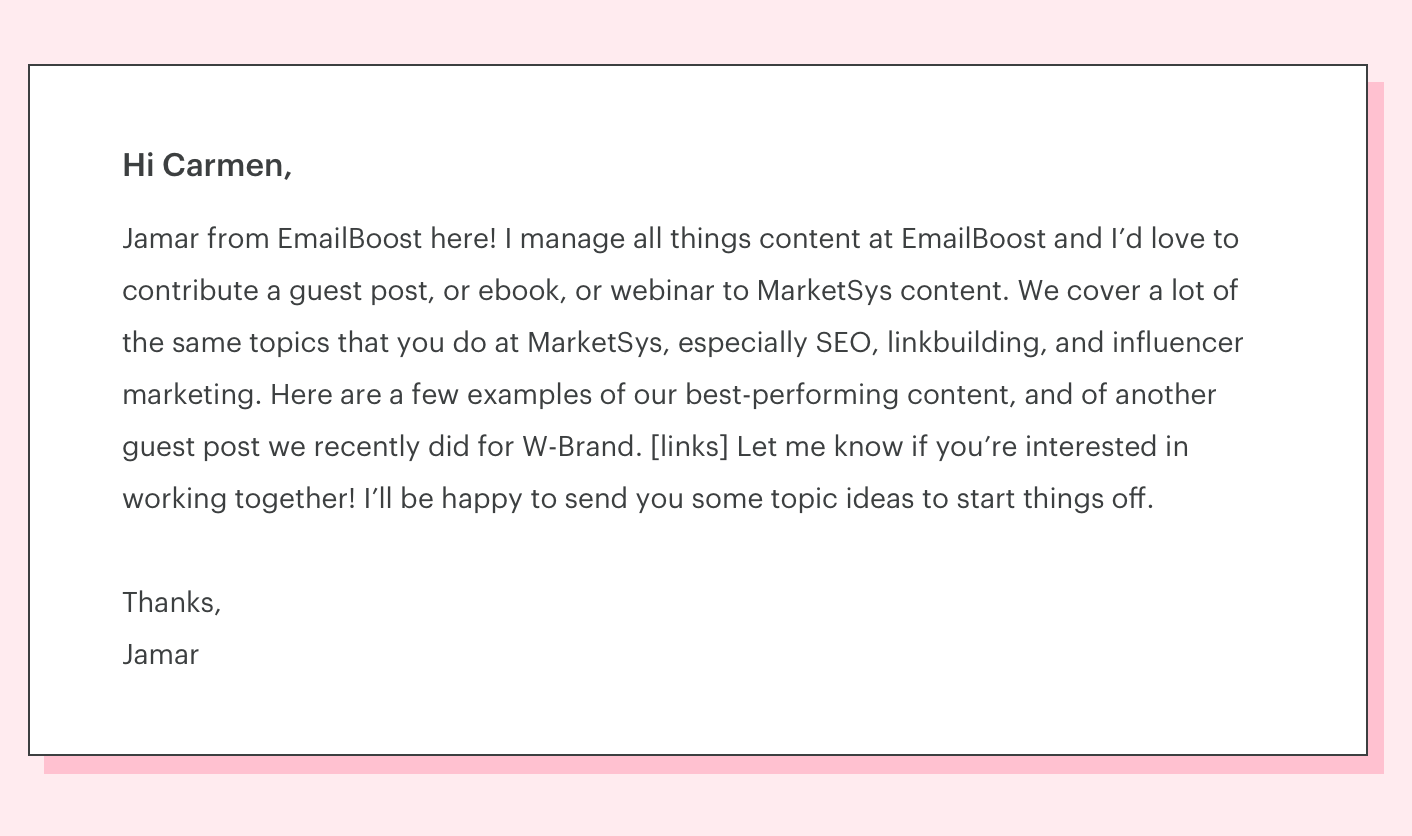
Email example #1
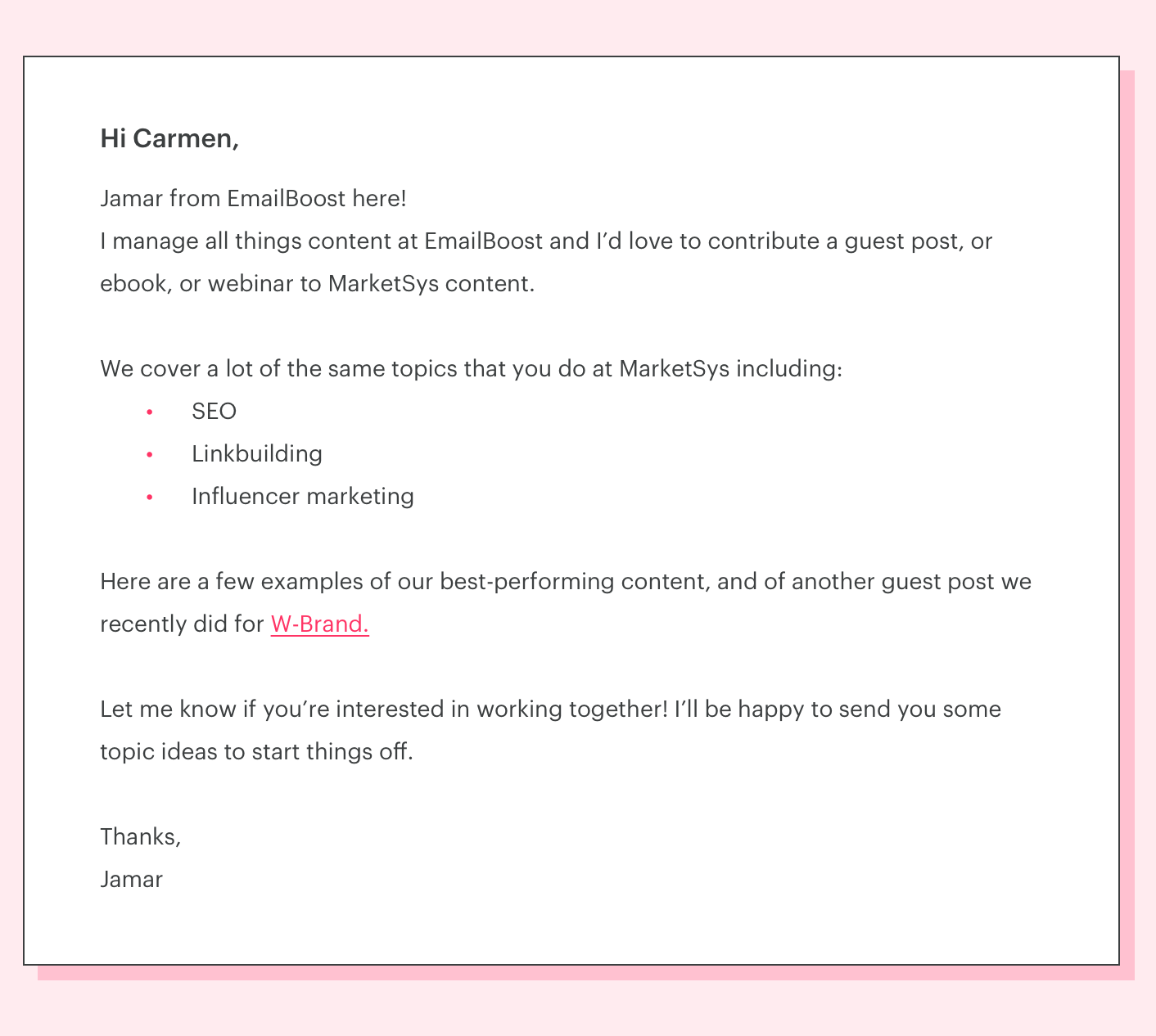
Email example #2
Obviously, the second email is much easier to read and draws the reader’s attention to the main points. Format your emails like this, and people will be much more likely to read through your entire email.
Talk about them: This is the ultimate cold email hack (that most people seem to forget): your email is not about you.
If you’re presenting your SaaS product to a new lead, don’t just talk about its many features.
Instead, talk about the reader. Mention pain points and what your product does to fix them. Don’t tell them what your product does: tell them how it will affect them, and what they’ll be able to accomplish. Mention two or three short but powerful benefits, and you’ll accomplish much more than listing off features.
Be clear about next steps: You have no control over what prospects will do with your email once they read it. However, providing them with some guidance will increase the chances of them moving forward to the next stage of the sales process.
For example, end your email with a calendar link where they can book a time for a product demo or meeting.
3. Follow up, follow up, follow up.
If you send one email and call it quits, you’re doing it wrong. Yes, some recipients respond to that initial message, but many others will respond to the second, or fifth, or even tenth. Each subsequent email you send will generate replies for you. And that means more leads and more potential revenue.
One study by Yesware found that, after sending out a series of 10 emails, each one got responses: even the last email had a response rate of 7%.
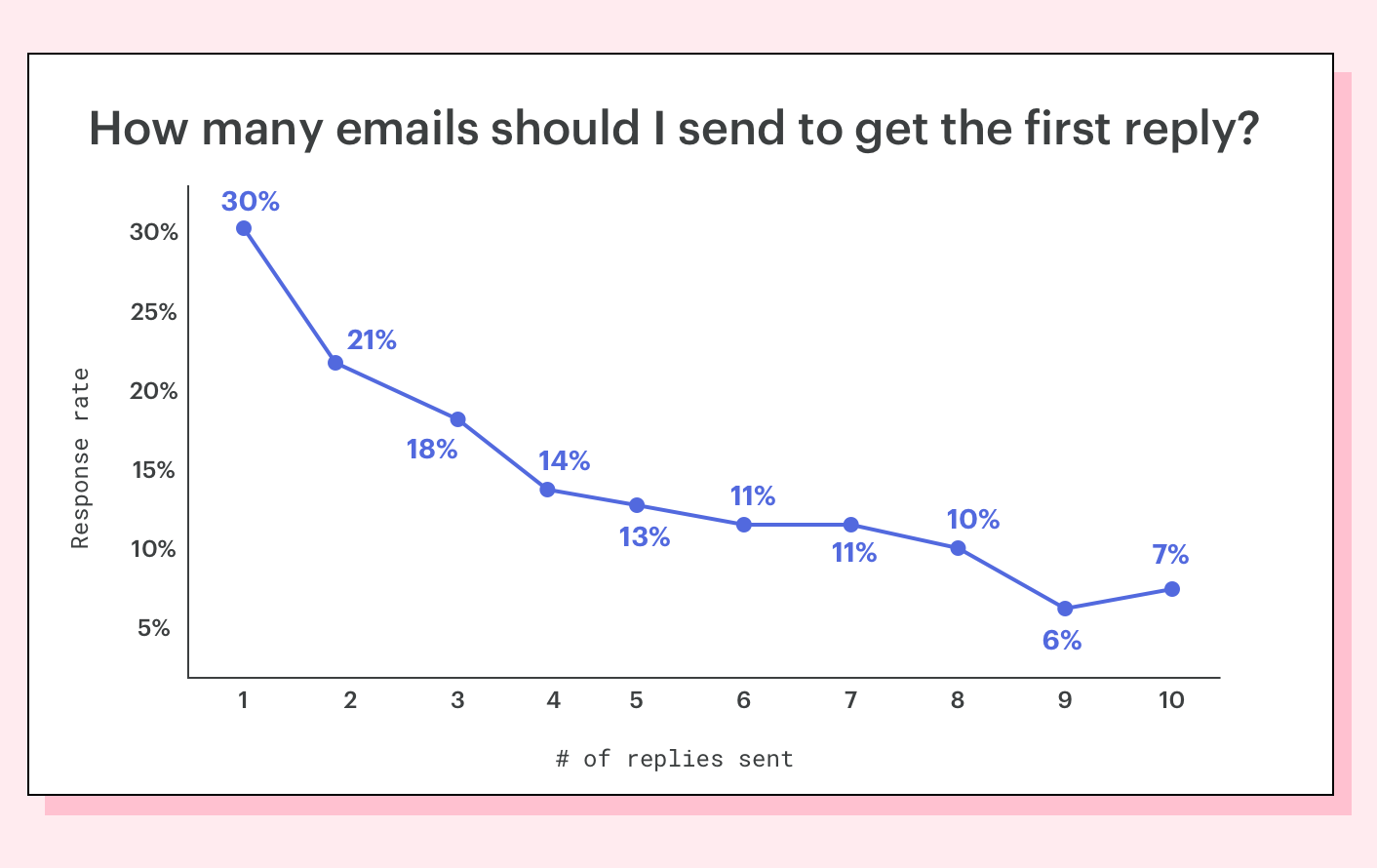
Don’t miss out on these potential responses. Always, always follow up.
Here are some methods you can use to get more replies to your follow-ups:
Get the timing right.
After you send a cold email to a new lead, how long does it take them to open or reply?
According to research by Yesware, of the people who open and reply to emails, 91% will open emails the same day, and 89% will reply the same day.
That means if you didn’t receive a reply within 24 hours, you’re probably not going to get one from that first email.
So, don’t wait to follow up. After 24 hours, feel free to start sending follow-up emails.
Increase the value.
Don’t settle for generic follow-up emails that just try to touch base. But on the other hand, don’t fall into the trap of becoming pushy and guilting them into replying.
Instead, give them something of value that they can use. For example, check out this email that Mailshake sends to their list:
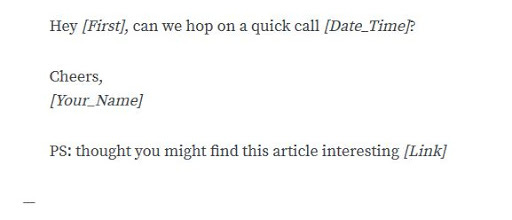
This email is short and sweet, and offers something of value to the prospect (the link).
Put this into practice by including useful tips, a free trial of your product, a relevant research report, or something else that the prospect will find valuable.
Make a last-ditch offer.
Your follow-up email should include a clear CTA that works towards the next step, whether it’s a meeting, a demo, or just a five-minute phone call.
If all else fails, make them an offer they can’t refuse. This could mean offering an extended free trial, or even a discount.
However, never let a tone of desperation slip into your emails. Make your offer easy to accept or easy to refuse.
Have a backup target.
If you don’t get a response, it could be that you’re not in contact with the right person.
So, when working out your follow-ups, make sure that you keep a backup contact in mind just in case you don’t get a response. This could increase your response rates by up to 30%, and gives you an even better chance at finding the right person to make a sale.
4. Track, measure, and tweak.
If you’re not actively tracking the metrics that matter, testing everything, and tweaking your campaigns and messages, you might as well just not send cold emails.
Would a different subject line deliver a higher open rate? Would a different offer result in more replies? Does one word really make a difference? You’d be surprised.
There’s only one way to find out for sure, though. Hypothesize, test, analyze. The good news is most email service providers have native A/B testing capabilities so you don’t have to mess with third-party integrations.
Here’s how to get started.
Track the right metrics.
If you want to actively improve your cold emailing efforts, you’ll need to gather the right information to make data-based decisions.
There are at least four email metrics you should be keeping an eye out for.
- Open rate
- Conversion rate
- Bounce rate
- Revenue/ROI
Let’s discuss why and how to track these metrics.
Open rate: Obviously, this is the first and most important metric you’ll need to track. How many people open your emails?
We mentioned before that the software industry has an average open rate of about 19%. If you’re coming in over that, you’re doing well. If you’re under, you may need to adjust your subject lines to get more opens.
Conversion rate: Your conversion rate tells you how many people completed an action after reading your email.
For example, if your CTA asks the prospect to set up a meeting or a product demo, figure out the ratio of people who opened your email to people who actually set up a meeting with you. Or, if you include a link to sign up for a free trial, monitor how many new free trials come from your cold emails.

So, if you’re tracking free trial signups, your conversion rate would look something like this:
20 free trial signups / 1000 cold emails x 100 = 2
So in this example, your conversion rate would be 2%.
You can track these kinds of actions with your CRM, and see how many people read your cold emails, then ended up taking action and moving forward in the sales process.
Finding out your conversion rate will help you understand what works (and what doesn’t) when it comes to CTAs in your emails.
Bounce rate (or deliverability): This is an important metric for keeping your email list clean. Out of the emails that you send, how many bounce? Are they bouncing because of temporary problems with the email address, or because this is an invalid email?
If you’re seeing a high bounce rate, it’s time to clean your email list as mentioned above.
Revenue and ROI: The ultimate goal of your cold emails is to bring in more sales. So, make sure that you track revenue and ROI in order to determine the success of your cold emailing efforts.
For example, you probably already know how much every free trial is worth to your company. So, out of the cold emails you send, how many people signed up for a free trial of your product? How many converted into paying customers? From that total, how much money did your cold emails bring in?
This is another metric that you can track with your CRM. When looking at revenue and sales reports, separate by client and see how much revenue you earned from your original cold emails.
Use a CRM to track rep activities and team progress.
Cold emailing for SaaS businesses is more than just sending out bulk emails to potential clients. Using your CRM to track these efforts is the best way to keep tabs on email campaigns and see how cold emailing improves your sales.
Once a new lead is in your CRM, set cold-emailing as an upcoming task. Then, once that first email is sent, prepare follow-up emails as tasks with due dates in the CRM, and assign them to the rep. That way, your follow-up emails will get sent at the right time.
Sales managers can also use CRM to track individual sales activities related to cold emailing. For example, you can see how many cold emails each rep has sent out, or which reps are closing more deals through cold emailing.
By keeping track of this data in your CRM, you’ll be able to monitor the productivity and revenue that your team produces with cold emails.
A/B test.
Testing is an essential part of improving your cold emails. So, A/B test your subject lines, message copy, call-to-action, layout, format, and everything in between in order to zero-in on what works best for your audience.
Here are five steps to develop effective A/B tests.
Choose your goal: We talked above about important metrics you need to track. Each A/B test should test for one hypothesis. So, when you’re starting your first A/B test, choose one metric that will form the basis of this experiment. Which metric are you trying to improve?
Pick a variable: Now that you’ve set a goal, continue to keep things specific. To be able to know without a doubt what is improving this goal metric, you must test only one variable at a time.
Try to match that variable to the metric that you’re trying to improve. For example, if you’re trying to improve your open rates, A/B test your subject line. Don’t try to test the sender name and the subject line at the same time, or you won’t be able to determine which variable is having an impact on your test’s results.
If you want to test more than one variable, you’ll need to run multiple tests against your control piece.
Set your test groups: To A/B test your emails, choose a small portion of your email list to test the metric you’ve chosen. Later, you’ll send the winning email to the rest of your email list.
When A/B testing, make sure the two test groups are split evenly. You want the test subjects to mirror each other. For example, if you’re using segmentation, make sure both groups are part of the same segment.
Send your tests at the same time: Timing can affect many different metrics in a cold email. So, unless the variable you’re testing is timing, you’ll want to make sure that both test emails are sent at the same time, on the same day.
Gather data and make a plan: Once you’ve run an A/B test, gather the results. While you’ll obviously want to focus on your goal metric, don’t ignore other significant changes.
Once you’ve analyzed the data, take action. If the challenger has obviously beat the control, it’s time to send the new winner out to the rest of your cold email list.
Remember, making decisions based on real data is the only way to effectively improve your cold emails. With these strategies, you’ll be on your way to finding the perfect email formula for your audience.
Want to take your cold email that extra step further? Check out these essential best practices.
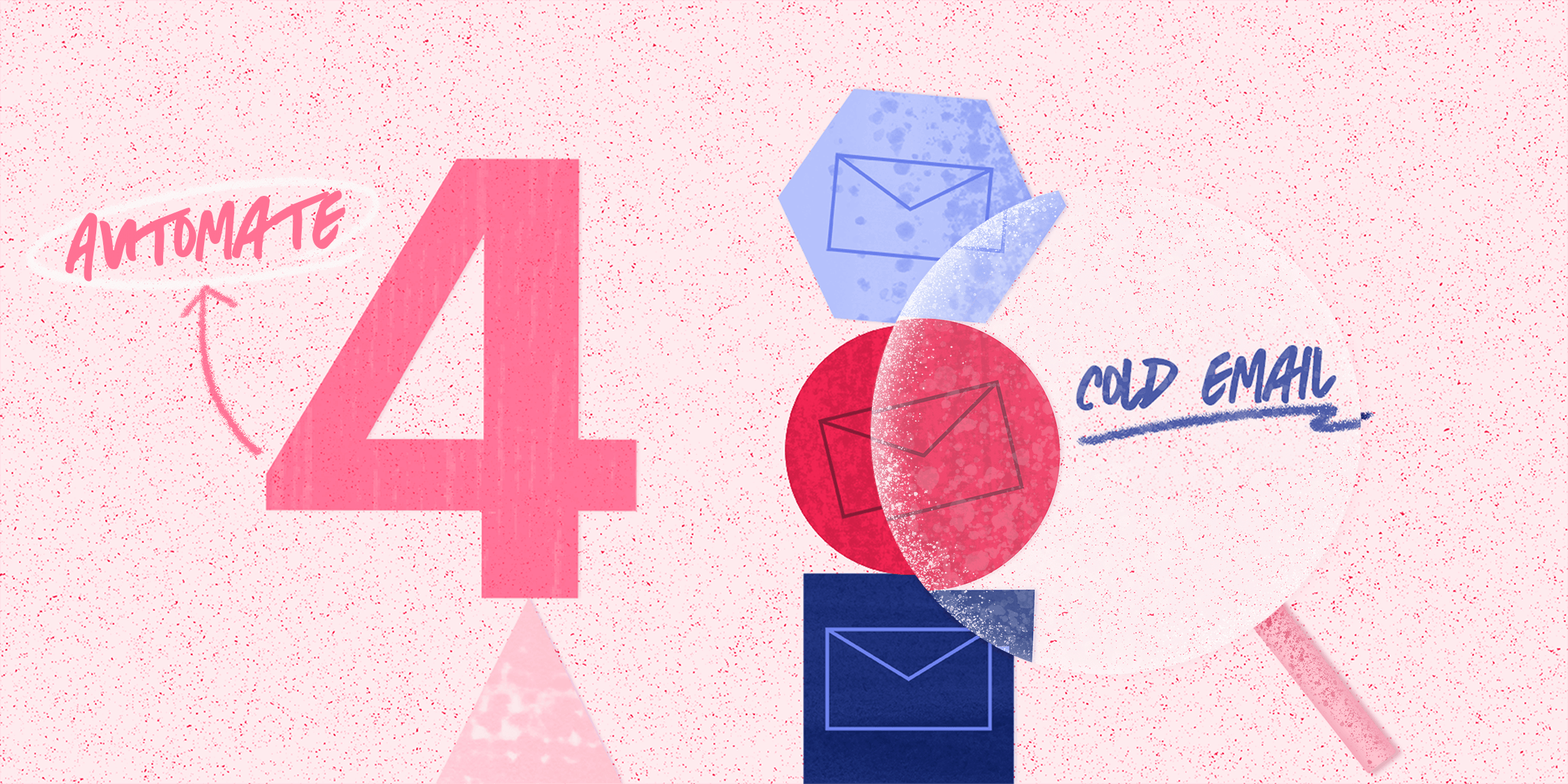
Cold Email Best Practices
1. Automate your outreach.
Let’s face it: prospecting and emailing take a lot of time. That’s why it’s so important to automate as many steps as you can and save time.
The best way to do this is to use the right tools. For example, you can use LeadFuze to search for leads that fit your buyer personas. This tool allows you to find new prospects by inputting essential details about your target clients such as:
- Role at the company
- Industry
- Number of employees
- Current tech they’re using
- Latest news from the company
Then, once you’ve got prospecting down, use a cold email automation tool like Mailshake to send personalized emails from pre-made templates.
After that, you can automatically input important data into your CRM, and auto-track relationships and conversations through integrations with Gmail.
2. Ask for a referral.
The average lifetime value of a referred customer can be up to 16% higher than that of a non-referred customer. This is probably because referred customers tend to be a better fit.
If you’ve ever felt shy about asking for referrals, it’s time to let your hair down. Referrals mean revenue for your company, and asking happy customers for referrals is a direct path to more sales.
First, find the right referrers. These are the customers that are seeing real value from your product, not those who are new or who have recently complained.
Next, make sure your ask is as personalized as possible. Whether it’s during a phone call or in an email, make sure they know this isn’t just an automated message that gets sent out to all your customers. While you can work from a template, it’s essential that this email be personalized to this customer.
If the customer agrees, make sure that you get the referral’s contact information. That way, you don’t have to wait on your customer to make the introduction, or for the referral to call you up.
Finally, make sure to always show your appreciation to the referral. Whether you’re offering an incentive or not, at the very least send them a message of thanks after they send you the new referral.
3. Cultivate a help-first approach.
It’s no secret that people dislike being sold to. The experience that people have with your business (starting with your very first cold email) will define whether or not they become loyal customers or constant churners.
In fact, 49% of people will leave a business because they weren’t happy with the way they were treated. Out of these, almost half will leave because they felt unappreciated by the business.
The solution: help your whole company (from Sales to Finance to Customer Success) form a help-first attitude.
First and foremost, you need to answer some essential questions.
- What does your SaaS business accomplish for your customers?
- How does it improve their lives or their business?
- What problems does it help them solve?
- What value can you bring to them from the first encounter?
Remember, every part of your cold emailing sequence is about them, not you. So, focus on them. Provide real value.
For example, your first cold email might have nothing to do with a sale. You could provide them with useful content for their business without asking for anything in return. This builds trust in your prospects.
Little by little, weave in bits about the SaaS product you want to sell them. But never forget that the main focus should be on how you can help them.
Here’s an example:

4. Be clear about your intentions.
Transparency is one of the most important parts of your cold emailing campaigns, especially for a SaaS business.
So, before you send your cold email, make sure your goals are clear. What exactly do you want to result from this email?
If you want them to sign up for a free trial, make that the only CTA in your email (and tell them why they should do it).
Or, if you’re sending an email just to provide valuable content or begin a conversation, be clear that you’re not trying to sell them on anything.
If you’re 100% transparent from the get-go, your prospects will be more likely to trust in what you have to say.
Following these best-practice tips, you’ll be on track for an efficient cold email campaign that wins the trust of your prospects.
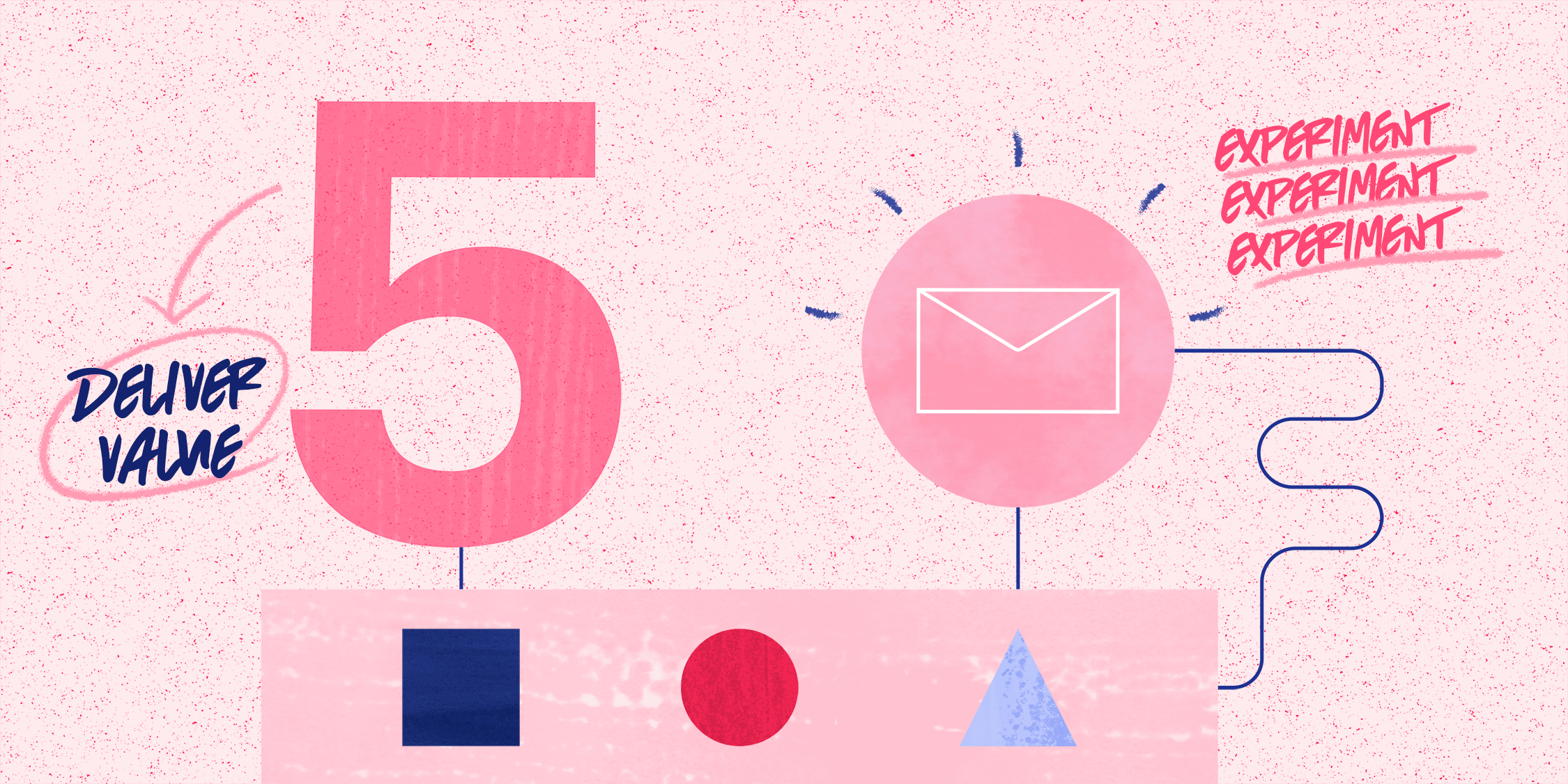
The Neverending Experiment
- Since your audience doesn’t know you yet, you need to make sure you know them well. Find out their wants, their needs, their obstacles, and their pain points.
- Anticipate their objections and take steps to alleviate them.
- Hook them with a powerful subject line, then deliver within the body of the email itself that which was hinted at or promised.
- Deliver value to them without asking for or expecting anything in return.
- Personalize where possible.
- Stick to just one call-to-action per message.
- Follow up—multiple times.
- Track, measure, test, and tweak.
The SaaS industry is poised to explode: are you doing all you can to get your piece of the pie?
By implementing an effective cold email strategy, you’ll be able to make a perfect first impression on your future customers and boost your acquisition.
This is the recipe for success for your SaaS business.

Goodbye Data Entry
Hello Copper.
Try it free!
No credit card required. Start your 14-day free trial today.